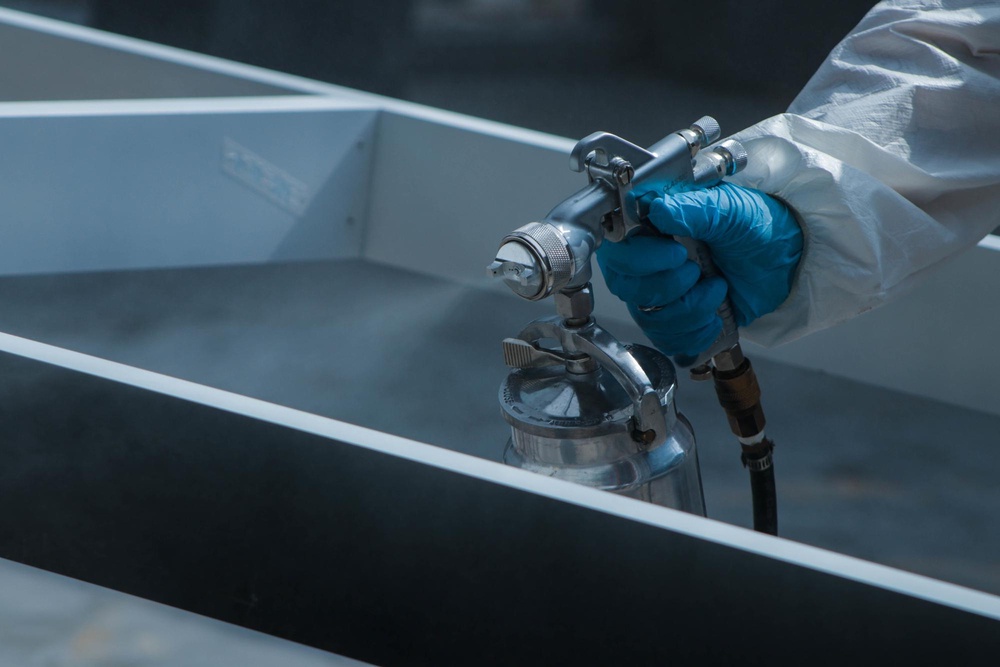In the realm of coatings and surfaces, one name has been capturing considerable attention: hydrophilic coatings. These coatings aren’t just another entry in the vast library of materials science. They represent a profound understanding of how materials can be tailored to interact with water in specific ways. If you’ve ever wondered why certain surfaces love water and others repel it, this post is for you.
We’ll dive deep into the science behind it and highlight its significance in modern applications.
The Basics of Hydrophilic Coatings
So, what exactly is a hydrophilic coating? At its core, the term “hydrophilic” means water-loving. These coatings are designed to attract and bond with water molecules. Unlike hydrophobic surfaces, which push water away, a surface with a hydrophilic coating draws water towards it. This creates a spread-out, thin layer of water over the coated area.
The Science Behind the Attraction
Now, let’s break it down. Everything boils down to molecular interactions. At a molecular level, hydrophilic coatings are composed of polar molecules or groups that have an affinity for water. These polar molecules form hydrogen bonds with water, resulting in the water being attracted to the surface. Simply put, it’s like a molecular friendship where both parties enjoy each other’s company.
Applications in the Modern World
The potential is incredible. Let’s explore the various ways they’re transforming different industries:
Medical Devices
First off, let’s consider the medical field. Catheters, guidewires, and even stents use hydrophilic coatings. Why? These coatings make them slippery when wet. So, when doctors insert or move these devices inside the body, it’s smoother. This means less discomfort for patients and a lower risk of injury.
Automotive
Next, think about cars. When it rains hard, seeing out of the windshield can be tough. But, with a hydrophilic coating, the game changes. Water spreads out on the windshield. The result? Drivers get a clearer view. And sometimes, they might not even need to use the wipers as much.
Electronics
Now, onto electronics. We all love our touchscreens and displays, right? Hydrophilic coatings make them even better. They love water so much that they reduce those annoying water spots and streaks. So, whether it’s a smartphone or a big TV, the picture looks crisp and clear.
Eyewear
Lastly, for those of us who wear glasses, fogging can be a real bother, especially when moving between hot and cold areas. Enter hydrophilic coatings. Glasses treated with these coatings are less likely to fog up. This means better vision, no matter the weather.
In essence, hydrophilic coatings are making big waves across various sectors, and their impact continues to grow.
The Competitive Edge
In today’s fast-paced world, staying updated is essential. Hydrophilic coatings give us that edge. Here’s how:
Durability
Think about coatings that last. Hydrophilic coatings, when applied right, stick around for the long haul. Even after a lot of use or exposure to different conditions, they keep their love for water strong.
Versatility
Let’s talk flexibility. The beauty of hydrophilic coatings? They fit many surfaces. Metals, plastics, you name it. This wide range expands where we can use them.
Improved Performance
Picture this. A car windshield that spreads rain swiftly, giving a clear view. Or a medical device that slips in smoothly, reducing discomfort. That’s what hydrophilic coatings bring to the table. They boost how products work and make them better.
Challenges and Considerations
Like all innovations, hydrophilic coatings aren’t without their challenges. Understanding the specifics of the substrate (the material being coated) is vital. Not all work effectively on every substrate. It’s crucial to select the right coating for the right job to ensure optimum performance. Moreover, in some applications, regular touch-ups might be needed to maintain the coating’s efficacy. For more details visit us at Hydromer.
Spotlight on Hydromer
Towards the end of our discussion, it’s only fitting to spotlight a pioneer in the world of hydrophilic coatings: Hydromer. With decades of experience, Hydromer isn’t just another company; it’s a beacon of innovation in the coatings industry. Their diverse range of hydrophilic coating solutions underscores their commitment to quality and performance. Hydromer’s products have found applications in medical, industrial, and personal care sectors, and their ongoing research promises more groundbreaking solutions for the future.
Conclusion
Hydrophilic coatings are more than just a buzzword in the materials world. They represent a pivotal intersection of science and practical application. By harnessing the power of molecular interactions, these coatings have opened up new possibilities across various industries. Whether it’s ensuring a patient’s comfort or enhancing our daily commute’s safety, hydrophilic coatings play an indispensable role. As we continue to innovate and seek solutions that make our world better, it’s clear that will remain at the forefront of this quest.


No comments yet